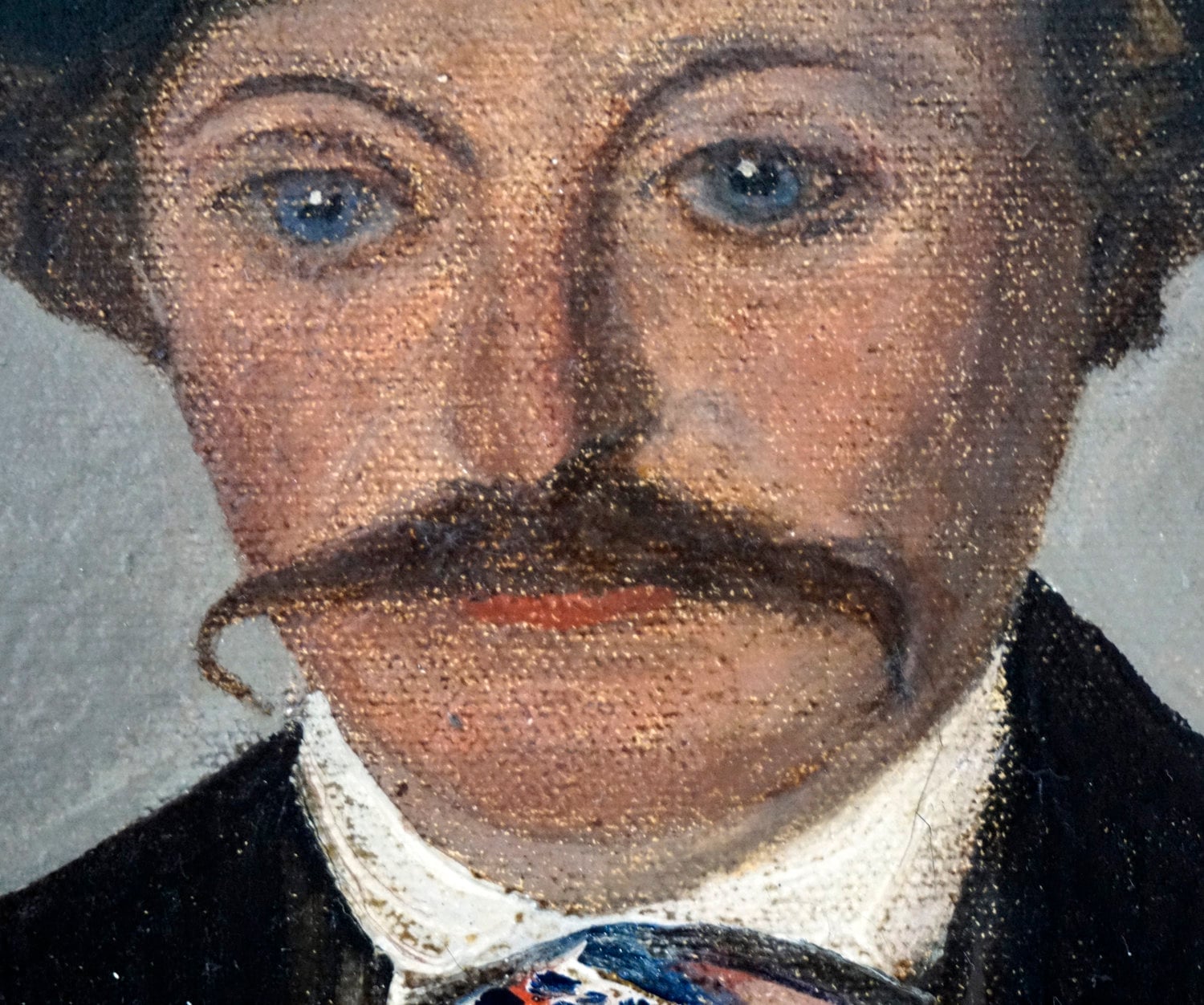


Courtesy of Old Sturbridge Village, Sturbridge, Mass. 1872), Tirzah Waite Bowdoin, New Braintree, Mass., 1840. More important than attaining a likeness was the fact that the artist probably achieved his goal of painting an image that pleased the sitter and his or her family.įig. The same can be said for primitive folk portraits. In modern portraiture the likeness often bears little resemblance to the actual sitter, though we still see the result as an appealing work of art.

The often asked question, “But is it a good likeness?” doesn’t apply exclusively to folk portraits. Early-twentieth-century artists Robert Laurent, William Zorach, Elie Nadelman, and Charles Sheeler recognized the abstract qualities of American “primitives” and not only collected them, but drew inspiration from them. While the most prized primitive portraits show degrees of ingenuity and a divorce from reality that appeal to today’s aesthetics, there was an appreciation for the images many years prior. Their beauty and charm lie in the manner in which the artists used colors and perspective. Many so-called “primitive” portraits of the first half of the nineteenth century are extraordinarily captivating in their abstract, imaginative, and seemingly humble execution.


 0 kommentar(er)
0 kommentar(er)
